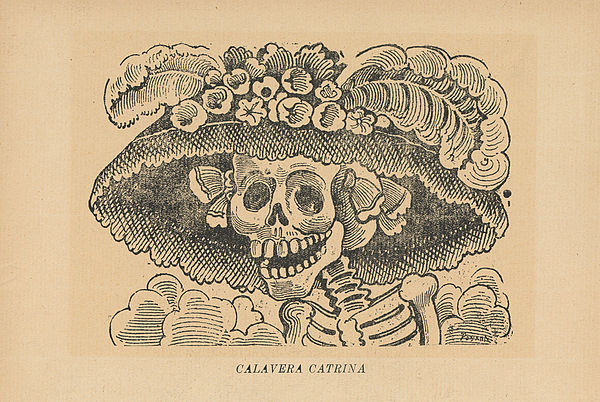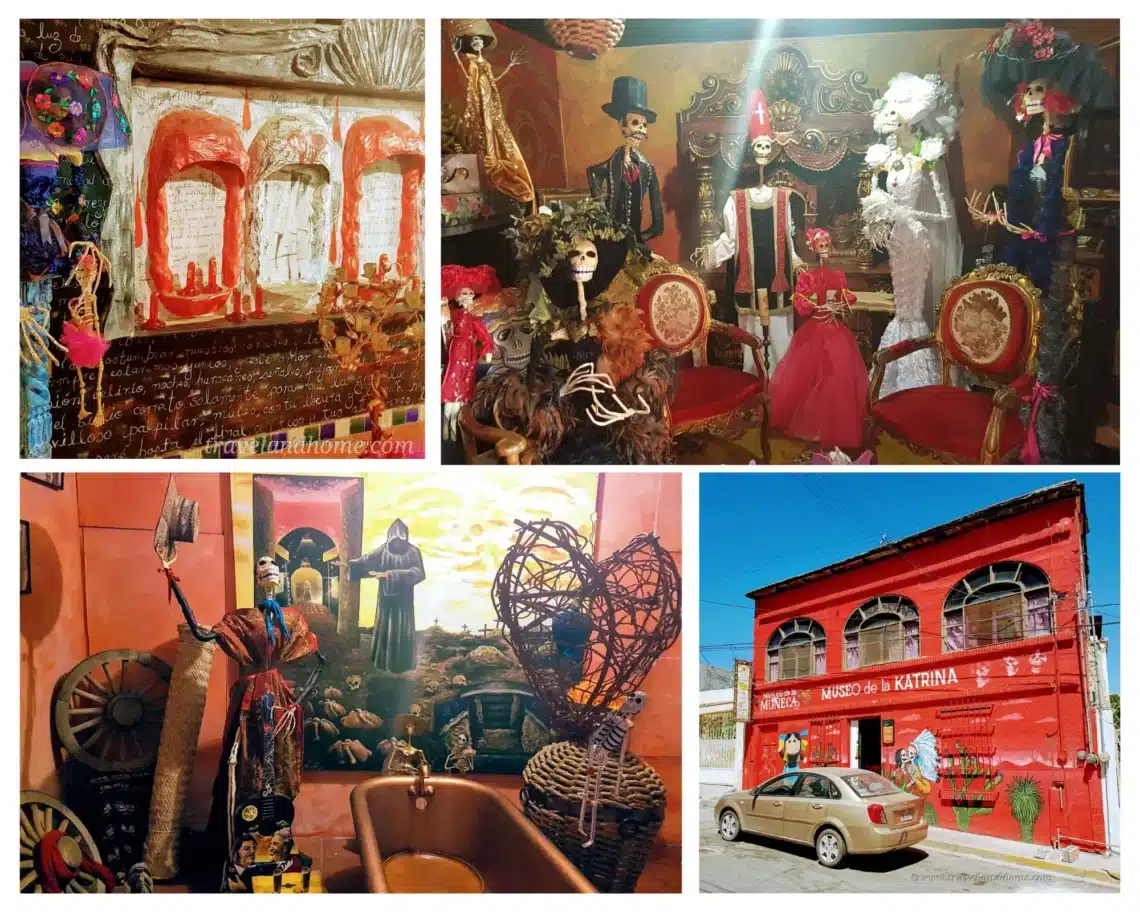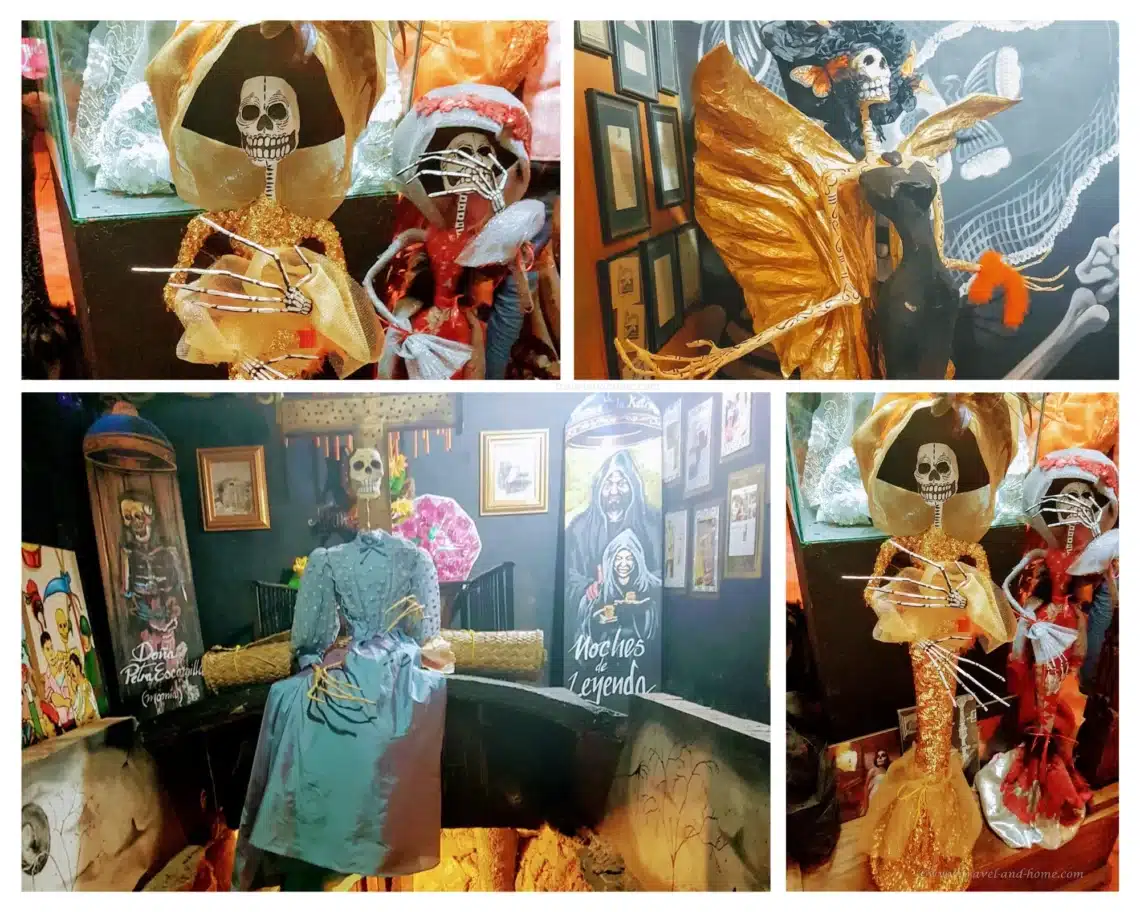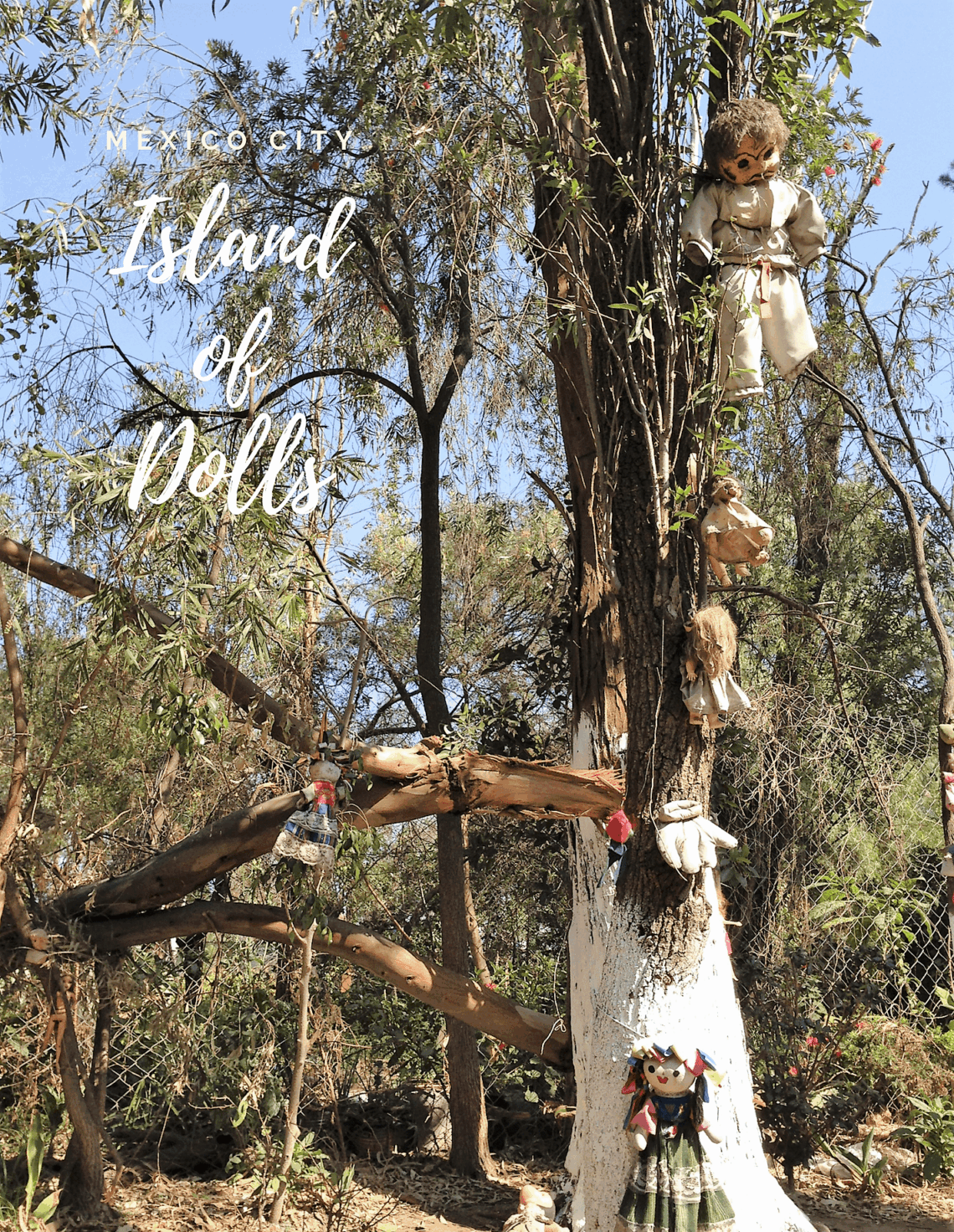Home - Travel-Inspired Living - From Mexico to the World: Day of the Dead as a Global Celebration
If you click on links we provide, we may receive compensation.
Celebrating death takes on a whole different meaning in many countries across the world. The Day of the Dead, All Saints’ Day, and All Souls’ Day are deeply meaningful and, in some countries, joyous occasions.
To wish someone a “Happy Day of the Dead,” you say in Spanish, “Feliz día de los Muertos”.

The Day of the Dead is celebrated up to the 2nd of November inclusive, though other days, such as 6th November, may be included depending on the locality. Although associated with the Western Christian Allhallowtide observances of All Hallow's Eve, All Saints' Day and All Souls' Day, it has a much less solemn tone and is portrayed as a holiday of joyful celebration rather than mourning.
In short, it is a Mexican tradition that dates back approximately 3,000 years, welcoming the spirits of deceased loved ones for a brief reunion.
The Aztecs believed death was an integral, ever-present part of life. You would pass away and go to the Land of the Dead. Then you have nine levels to complete before your soul ends up in your final resting place.
However, today it is viewed as an acceptance of death as a natural part of the human experience. More so, to invite the spirit of our deceased loved ones into our homes and celebrate with them.

Visit the museum located at Calle Ignacio Allende 720 A, Centro, 25000 Saltillo, Mexico, when you are in Saltillo.
Allow about 30 minutes for the visit. You can ask for a guided tour of the small museum.

It is the renowned James Bond that brought Day of the Dead into the spotlight in 2015 with the movie Spectre. The movie featured a large parade to celebrate the Day of the Dead, and so the seed was planted.
Mexico City had its first parade in 2016. Subsequently, other cities followed suit. For instance, Chicago, Los Angeles, San Antonio, and Fort Lauderdale.
Another blockbuster movie that featured the Day of the Dead was the animated hit Coco.
An important activity during the 2-day celebrations is to present the dead with offerings. For instance, on the 1st day, you place offerings on an altar for deceased children. Such as sweets and toys. Similarly, you place offerings on an altar for deceased adults. Such as alcohol, cigarettes, candles, marigolds (to guide their loved one’s soul back to the world of the living), sweet bread, and football shirts. Then, in return, these offerings will encourage loved ones to return home, so they hear the prayers of those left behind.

In 2008 UNESCO recognized the holiday, traditionally celebrated in Mexico, as an Intangible Cultural Heritage of Humanity.

The mysterious, uninhabited Mexican island of Xochimilco features eerie, weathered dolls hanging in the trees! It almost looks like something from a horror movie!! Dolls of various styles and colors are found throughout the island, originally placed by Julián Santana Barrera, the island’s former owner. He believed that dolls helped to chase away the spirit of a girl who drowned years ago.
Julián Santana Barrera passed away in 2001 from a heart attack, reportedly near the same place where the girl drowned.
Today, it’s a popular sightseeing destination during the Day of the Dead festival in Mexico.
The island is a chinampa of the Laguna de Teshuilo and one of the main attractions of the channels. You’ll find the Island of the Dolls (La Isla de las Muñecas) in the channels of Xochimilco, south of the center of Mexico City, very close to the Estadio Azteca football stadium.

The tradition of celebrating Day of the Dead is a joyous event. However, it is more than just a one-day celebration. In fact, it starts annually at midnight, 31st October, when heaven’s gates are opened, and the spirits of children can rejoin their families for 24 hours.
Catrina (slang for “the rich”) features as the most recognized symbol of the Day of the Dead.
It all started out in 1947 when Diego Rivera (an artist) dressed Posada’s stylized skeleton in a large ladies hat.
José Guadalupe Posada was a Mexican printmaker, cartoon illustrator, and lithographer.
Part of the celebrations is to mimic the Calavera Catrina with fancy costumes and have your face artificially painted (with sugar skull makeup) to resemble skulls.
Some base their look around the deceased.
As the marigolds guide our loved ones home and the sweet scent of pan de muerto lingers in the air, we’re reminded that every memory is a bridge — between worlds, between hearts, between stories.
What traditions light up your Day of the Dead? Share your rituals, your recipes, your whispered prayers — we’d love to hear how you celebrate life through remembrance.
Before you share your story, please tap to show the vibe:
Share this:
Comments